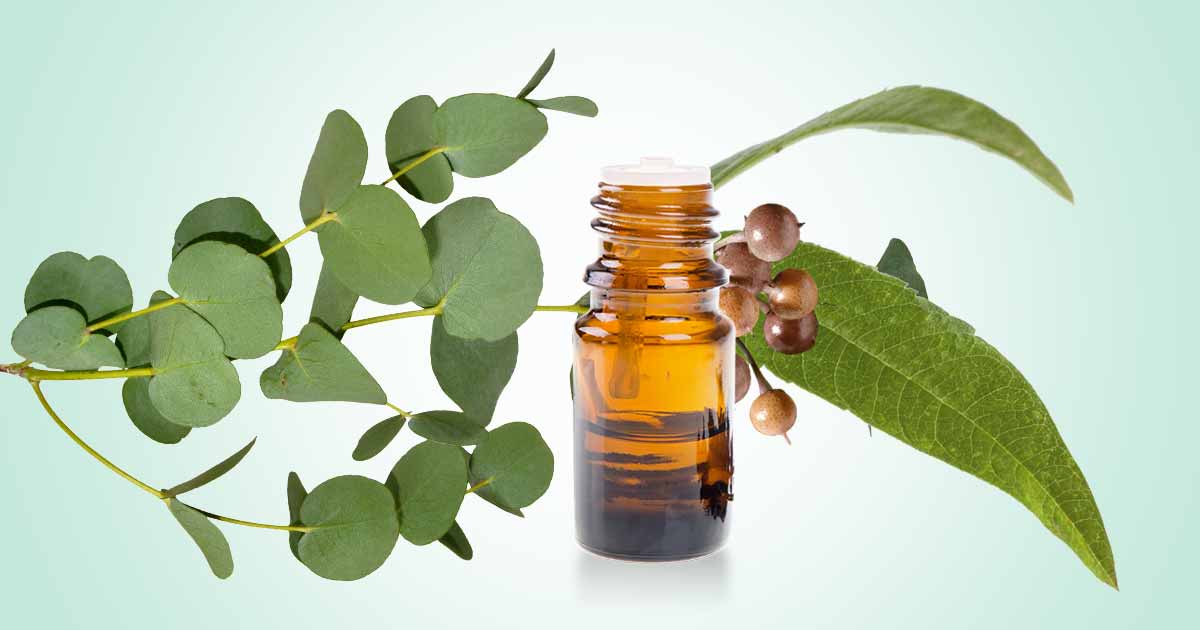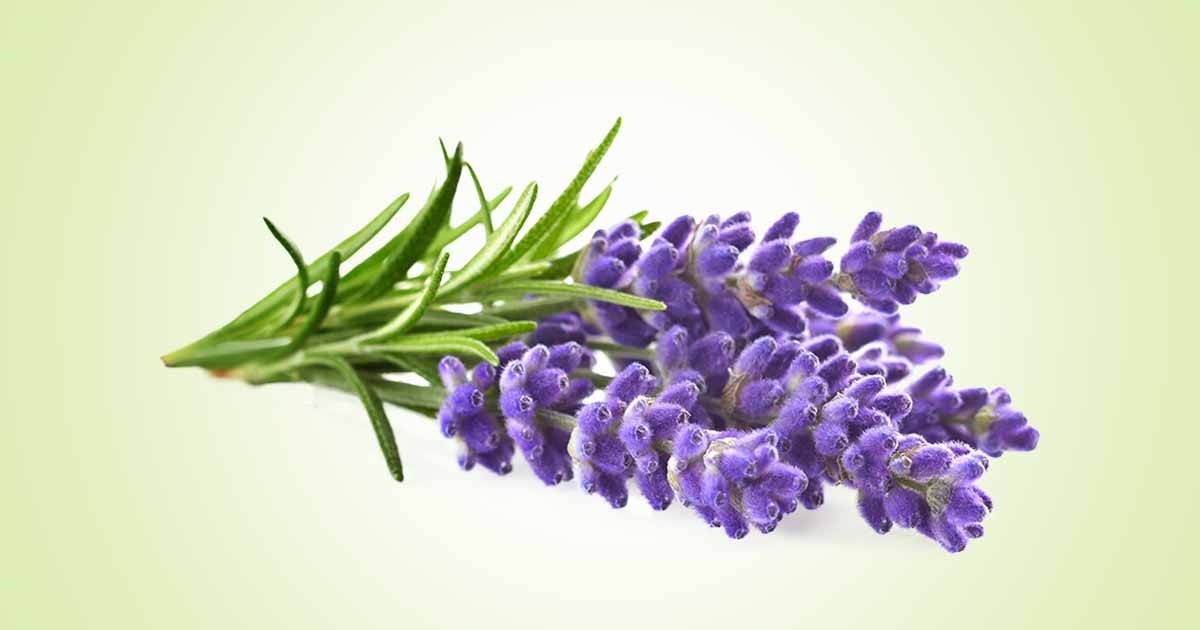Saffron (Crocus Sativus), also called saffron crocus, kesar, or autumn crocus, is a highly valued spice from the dried flower (stigma) of the Crocus sativus. Because of the stigma color, saffron is also called the “red gold”. Crocus sativus is a species in the crocus family, Iridaceae. It is arguably the most expensive spice, ahead of vanilla, mahaleb, green cardamom, black cumin seed and others. It gives aroma, color, and flavor to foods, and drinks.
Saffron is a perennial herbaceous edible bulb. The leaves are green, smooth, alternate, linear, upright, with rosulate arrangement. Leaves appears from the corm prior to blooming. Each sterile flower has six lilac or purple to lavender lily-like petals with three long style branches tipped with reddish-orange protruding stigmas.
Iran and Spain are the largest producer of saffron, with other countries like Greece, Morocco, India, Pakistan, Italy, Turkey, France, Switzerland, China, Japan, and Australia are other top producing countries.
Saffron (kesar) has metallic honey aroma, with hay-like and somewhat bitter taste. In traditional medicine, it has been used to treat depression, analgesia, mental conditions, liver enlargement, and as a nerve sedative, aphrodisiac, carminative, diaphoretic, and emmenagogue.
Since saffron gives luminous yellow-orange coloring to foods, delicate aroma, and unusual taste, it is used to prepare cuisines in Asia, Arab, Europe, India, and Iran.
In perfumery, safranal, a compound with pleasant aroma develops during the drying process of saffron either by enzymatic or thermal dissociation of picrocrocin, the bitter compound. Also, α-crocin, a water-soluble carotenoid, and the principal pigment in saffron is used in dyeing.
There are saffron (kesar) varieties such as the:
- Spanish varieties (‘Spanish Superior’ and ‘Creme’) with mellow color, flavor, and aroma
- Italian varieties like “Aquila” saffron (zafferano dell’Aquila) with pungent aroma, and intense color, and high safranal and crocin content. Another Italian variety, from Sardinia, has high crocin, picrocrocin, and safranal content.
- Kashmiri “Mongra” or “Lacha” saffron (Crocus sativus ‘Cashmirianus’), which has extremely dark maroon-purple hue, and strong saffron’s color, aroma, and flavor.
Safflower (Carthamus tinctorius, which is sold as “Portuguese saffron” or “assafroa”), marigold, and turmeric (Curcuma longa) have been used to substitute saffron.
Composition of Saffron (kesar)
The main constituents of saffron are crocetin esters, picrocrocin and safranal. Saffron also contains aromatic and volatile compounds and non-volatile compounds – carotenoids, including zeaxanthin, lycopene, and various α- and β-carotenes.
Other constituents include proteins, crude fiber, carbohydrates, fats, minerals, vitamins, amino acids, flavonoids, polypeptides, cellulose, gum, pectins, pentosans, anthocyanins.
Nutritional Composition
Saffron spice (100g) contains 11.9 g of water, 65.4 g of carbohydrates, 11.4 g of proteins, 5.85 g of fats, 5.45 g of ash, 3.9 g of dietary fiber, and 310 kcal of energy.
- Minerals: Potassium (1720 mg), magnesium (264 mg), phosphorus (252 mg), sodium (148 mg), calcium (111 mg), manganese (28.4 mg), iron, zinc, copper, and selenium.
- Vitamins: Vitamin C (80.8 mg), folate, thiamine, riboflavin, niacin, Vitamin B-6, vitamin A.
Bioactive Compounds
Crocus sativus contains both volatile and non-volatile compounds like carotenoids (crocetin, crocin, β-carotene, lycopene, and zeaxanthin), monoterpene aldehydes (picrocrocin and safranal), monoterpenoids, and isopherones.
Crocin impacts the intense color, picrocrocin gives the bitter taste to the spice, and safranal give aroma and flavor to saffron. Non-volatile constituents include carotenoids like zeaxanthin, lycopene, and various α- and β-carotenes. Picrocrocin is the glycosidic precursor of safranal.
The flavonoids include rutin, quercetin, kaempferol, hesperidin, luteolin, and bioflavonoids.
Health Benefits of Saffron (Crocus sativus)
Crocus sativus has antioxidant, anti-inflammatory, antihypertensive, anticonvulsant, antitussive, anticancer, anxiolytic aphrodisiac, antidepressant, antinociceptive, and relaxant activity.
Memory and learning:
Extract of saffron and its glycosidic crocetin esters prevent oxidative stress in the hippocampus, and improve memory and learning. Abe, et al., reported that crocetin esters exhibits an antagonistic action towards the potentiation of induced by ethanol in the neurons of the hippocampus.
Neurodegenerative diseases:
Neurodegenerative disorders cause impairment of memory and learning. Alzheimer’s disease is a common age-related neurodegenerative disease which cause deterioration of cognition by the formation of brain plates loaded with polypeptide β-amyloid and prominent tangles of tau protein.
Saffron and crocin exhibit anti-Alzheimer action at certain doses by inhibiting the fibrillogenesis of amyloid β-peptide (Papandreou M.A. et al. 2006). It also inhibits the activity of acetylcholinesterase (Geromichalos G.D. et al. 2012).
Crocetin also reduces the risk of developing Parkinson’s disease. In a study by Ahmad et al., intraperitoneal administration of doses of crocetin for seven days protected the levels of thiobarbituric acid, a reactive substance in the substantia nigra, and prevented oxidative stress damage.
Anti-obesity and hypolipidemic effect:
Studies by Sheng, et al., reported that crocetin esters has lipid lowering effect by inhibiting the activity of pancreatic lipase. It decreased obesity and improved lipid uptake. It prevented the inflammatory state that appears in obesity by decreasing the expression of TNF-α and increasing adiponectin, in adipose tissue of fructose-fed rats.
In another study, crocetin decreased visceral fat accumulation and insulin resistance in a rat induced with hyper-caloric diet.
Anticonvulsant effect:
C. sativus stigma constituents, such as safranal and crocin reduced the seizure duration, delayed the onset of tonic convulsions, and prevented death in mice induced with convulsion using pentylenetetrazole (PTZ).
Anxiolytic and antidepressant effect:
Administration of saffron and crocin could prevent depression and anxiety in similar way to standard drugs, imipramine or fluoxetine.
Studies suggest that crocin acts by inhibiting the reuptake of dopamine and norepinephrine neurotransmitters, while safranal inhibits the reuptake of serotonin. Agha-Hosseini et al., also reported that saffron reduce emotional disorders linked to premenstrual syndrome.
Anticancer activity:
Carotenoids in saffron could induce apoptosis and prevent the progression of gastric, colorectal, pancreatic, and bladder cancer, in animal studies. Bioactive compounds, such as crocin and crocetin, may prevent tumor in breast, lung, pancreatic and leukemic cells through induction of apoptosis.
In mice with dermatological tumor, saffron administration reduced the cancer size and prevented the formation of papillomas (Das I., Das S., Saha T., 2010)
The anticancer activity may be due to regulation of cell growth, modulate gene expression and the immune response as a result of the antioxidant property of the crocetin esters (Samarghandian S., et al., 2011).
Anti-diabetic effect:
Crocin has diabetic and lipid lowering effects.
In a study by Dehghan et al., to investigate the effect of saffron consumption on diabetes. Consumption of saffron decreases triglyceride, low-density lipo-protein (LDL), very-low-density lipoprotein (VLDL), glycated hemoglobin levels, and may increase insulin sensitivity by expression of GLUT4 (Glucose transporter type 4), and AMPK (AMP-activated protein kinase).
The reduction of inflammation and reactive oxygen species could contribute to the anti-diabetic effect.
Cardiovascular effect:
Crocetin has antioxidant, anti-inflammatory, and anticancer effect, which may offer cardioprotective effect. According to Wang et al., crocetin pretreatment increases antioxidant enzymes, and decreased serum level of pro-inflammatory factors (TNF-α) while increased anti-inflammatory factors (as IL-10). It inhibited pro-apoptotic protein Bax RNAm expression, and increased anti-apoptotic protein Bcl-2 expression, endothelial nitric oxide synthase (eNOS) activity and nitrite (NO) serum levels.
In hypertension, crocetin can improve the nitric oxide-endothelium-dependent vasodilation, which is damaged in hypertension. It also has anticontractile properties, reducing over-reactive arterial response, which is a hallmark of hypertension, by endothelium modulation (Llorens S. et al., 2009). Safranal, and crocin exhibit antihypertensive effect in vivo.
In atherosclerosis, it reduces cholesterol levels, and increases the diffusion of oxygen in the blood plasma.
Multiple Sclerosis (MS):
Oxidative stress and inflammation is implicated in multiple sclerosis. Multiple sclerosis progresses with acute attacks and inflammation of the myelin. Ghazavi et al., reported that saffron reduced the symptoms and leukocyte infiltration in a model of experimental autoimmune encephalomyelitis (EAE).
Also, Deslauriers et al., reported that the glycosidic esters of crocetin could inhibit demyelination and neurodegeneration.
Use in skin conditions:
Some creams and herbal preparations containing saffron and other natural herbs like turmeric, rosemary oil, neem oil, aloe vera gel, sweet oranges, holy basil, liquorice, and Indian sandalwood has been used to treat skin conditions such as scars, and as antipruritic and emollient in xerotic and pruritic skin disorders.
Age-related macular degeneration:
Administration of crocetin may offer neuroprotective effect, and prevent against damage to the retina, inhibiting degeneration of photoreceptor and retinal dysfunction. The mechanism may involve inhibition of the increase in caspases 3 and 9.
Improves Liver function:
In vivo studies suggest that crocetin esters reduced hepatotoxicity by attenuating caspases, essential mediators of apoptosis or cell death, and the ratio between the proapoptotic bax and antiapoptotic BCL-2 (bax/Bcl-2) proteins.
Antitussive activity:
Extract of C. sativus and safranal reduced the number of coughs when evaluated with nebolized solution of citric acid 20% in guinea pigs.
Effect on sexual behavior:
Extract of crocin and safranal were evaluated using male rats. Safranal did not show aphrodisiac effects, but crocin increased mounting frequency, intromission frequency, and erection frequency, but reduced mount latency, intromission latency, and ejaculation latency (H Hosseinzadeh et al., 2007).
Dosage
A maximum daily dose of 1.5 g saffron does not cause any known risk (1987 European Commission monograph). Daily dosage of 20 to 400 mg/day of pure saffron is considered the safe and moderate dosage.
Drug Interaction
Saffron binds strongly to albumin serum.
Adverse Effects
A 30 mg daily dosage used for depression caused minor side effects like nausea, vomiting, and headaches.
A daily dosage of 5 g could cause vomiting, bloody diarrhea, hematuria, skin hemorrhages in nose, lips and eyelids, vertigo and dulling. A jaundice-like effect which is yellowing of skin and mucous membranes could occur. Though a dosage of about 10 g may induce abortion, a higher dose of 20 g could be fatal.
Allergic reactions such as rhinoconjunctivitis, bronchial asthma, and cutaneous pruritus could occur. There could be cross-sensitivity between saffron and Lolium, Salsola, and Olea spp.
In pregnancy:
Avoid high dose of saffron in pregnancy, as doses up to 5 g could cause uterine stimulant and have abortifacient effects
References
- https://fdc.nal.usda.gov/fdc-app.html#/food-details/170934/nutrients
- https://plants.ces.ncsu.edu/plants/crocus-sativus/
- https://www.ncbi.nlm.nih.gov/pmc/articles/PMC9335478/
- https://encyclopedia.pub/entry/34202
- https://www.nature.com/articles/s41598-022-15907-y
- https://www.ncbi.nlm.nih.gov/pmc/articles/PMC5943931/
- https://www.drugs.com/npp/saffron.html
- https://www.ncbi.nlm.nih.gov/pmc/articles/PMC3249922/
- https://www.cs.mcgill.ca/~rwest/wikispeedia/wpcd/wp/s/Saffron.htm
- https://www.ncbi.nlm.nih.gov/pmc/articles/PMC5339650/
- https://www.sciencedirect.com/topics/agricultural-and-biological-sciences/crocus-sativus












